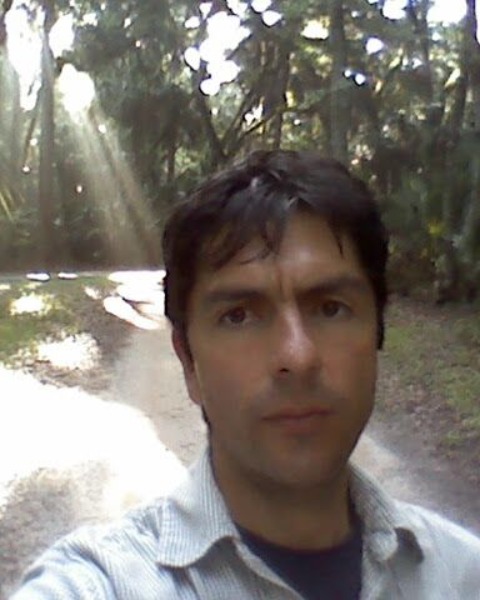10-Minute Presentation
Plant-Insect Ecosystems
10-min: P-IE, Vectors of Plant Diseases
Xyleborus bispinatus and the chamber of secrets: Flight activity, symbiosis, and inside-gallery behaviors
Sunday, November 10, 2024
1:30 PM - 1:42 PM MST
Location: Phoenix Convention Center, 225 A, PCC

Octavio A. Menocal (he/him/his)
Biological Administrator II
Florida Department of Agriculture and Consumer Services
Gainesville, Florida
Daniel Carrillo
University of Florida
Homestead, Florida
Presenting Author(s)
Co-Author(s)
The recent association between ambrosia beetles and plant pathogens has raised the status of some ambrosia beetle species to that of economically important agricultural and forest pests. For example, Xyleborus bispinatus is an alternative vector of the laurel wilt pathogen (Harringtonia lauricola) in Florida avocado orchards. This pathogen has caused the mortality of approximately 300,000+ avocado trees in South Florida alone. Three experiments were conducted to better understand: 1) the flight activity and abundance of X. bispinatus in avocado orchards under different canopy management practices, 2) whether X. bispinatus can use H. lauricola as its primary food source (i.e. ability to feed and reproduce solely on the laurel wilt pathogen), and 3) document inside gallery behaviors that influence the success of the colony. Our findings showed that X. bispinatus is more active near sunset, and more abundant under dense canopy covers that receive less light than open canopies. We demonstrated that X. bispinatus can feed and reproduce through several generations feeding solely on the laurel wilt pathogen. However, the pathogen appears to be a suboptimal food source compared to other symbiotic fungi tested. Finally, using a two-dimensional experimental arena, we observed several behaviors such as tunnel blocking, relocation of immature stages, allogrooming, cannibalism, burial, and corpse removal. These behaviors suggest a high degree of sociality, a subject poorly studied in ambrosia beetles. Overall, these three studies enhance our comprehension of the basic biology of X. bispinatus and its role in the epidemiology of laurel wilt in avocado orchards.

.png)
